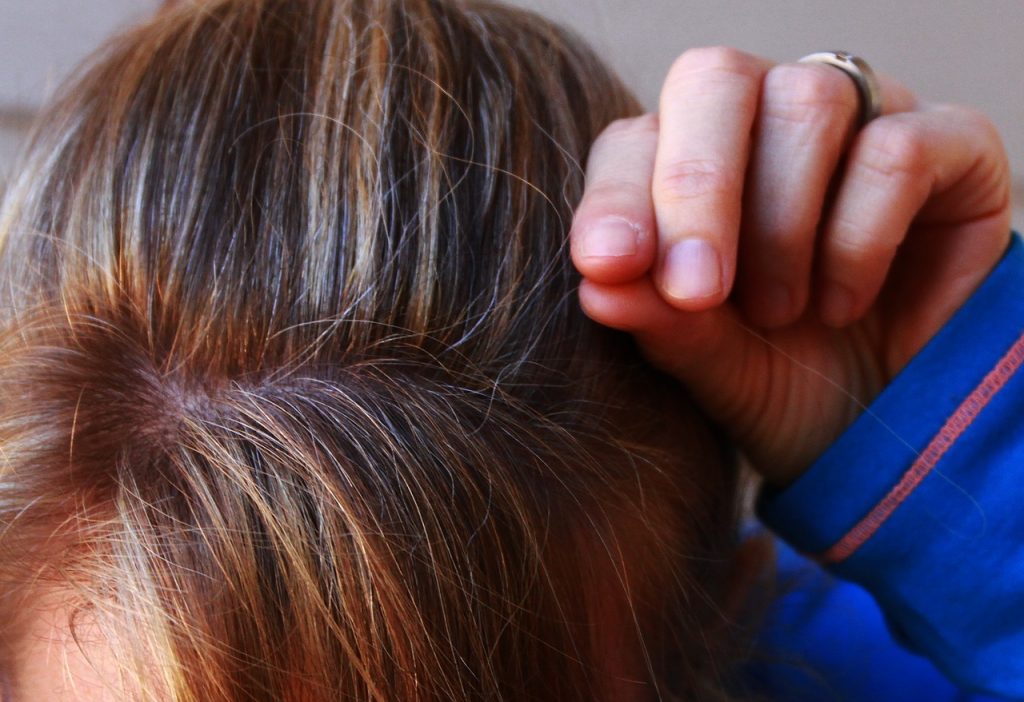A quick look at the menu of services at a Super Cuts salon shows that it contains plenty of treatments requiring the application of chemicals. While these chemicals have been formulated to inflict minimum damage on the hair and scalp, it cannot be denied that these can still cause serious damage. This is particularly true when these chemicals are applied in quick succession, with insufficient period in between applications, and when applied in large amounts.
Let’s then take a look at the possible serious damage that these chemical treatments can inflict on your scalp and hair, as well as the ways you can avoid them.
Chemical Perms
Did you know that the permanent wave is now 110 years old? In 1909, Charles Nessler submitted a patent for the permanent wave to the U.K. Patent Office. Today, we have to thank him for the voluptuous curls that transform our heads from just being plain Jane to being red carpet-ready glamorous.
But a chemical perm isn’t just about the art of getting the right type and amount of curls! It’s also about manipulating the fundamental structure of hair.
Hair is mostly made up, about 95%, of keratin, a protein with a long helical shape. These individual molecules gather into protofibrils, larger helixes that comprise microfibrils and macrofibrils. Both of these form the superstructure that we know as the individual hair strand.
Keratin molecules have high levels of cysteine, an amino acid, which has reactive sulphur atoms. When two cysteine molecules create a disulphide bond, these form a strong connection linking the keratin molecules. In turn, the bond prevents the keratin molecules from slipping past each other.
This is a permanent bond until such time that strong external forces separate them. These forces include the reducing agents used in chemical perming and, thus, it’s possible to curl hair into almost any shape imaginable.
The damage here lies in the way that the chemical perm solutions can break down the hair into dry, brittle strands. With one too many perm within a short period, you will end up with hair that seems like it’s been fried to a crisp. You can further damage it by applying color too soon.
Our recommendation: Have your perm done by a trained hairstylist and wait for at least two weeks before getting more treatments including hair dyes.
Chemical Relaxers
Perms and relaxers are different in many ways. While perms result in curls, relaxers straighten curls. Both, nonetheless, are chemicals used in manipulating the texture, volume and appearance of natural hair.
Relaxers also break the strong bonds in your hair’s cuticle and allow chemicals to penetrate the hair shaft. For this reason, these chemicals also have negative effects on the strength, elasticity and texture of hair.
The damage can include breakage, thinning of hair, and even stunting of hair growth, as well as visible damage like dry, brittle hair. Many women have even reported scalp damage, scalp irritation and hair loss with relaxers. These side effects aren’t surprising considering that relaxers have to be strong chemicals to change your curly hair into straight hair.
But if you want straighter hair that’s easier to manage as well as with less frizz, fuzz and flyaways, then getting a relaxer treatment is recommended. You should have it done in a reliable salon and by a trained hair technician so as to get maximum results and minimum, if any, side effects.
There are two types of relaxers, namely: lye and no-lye. There’s no right or wrong answer about which type is the best since it will depend on your hair type and texture.
Lye relaxers work quickly on hair but these are faster to dissolve during the rinsing process at home. No-lye relaxers can dry out hair but it’s recommended for people with sensitive scalps. You and your hair technician should discuss the type of relaxers that will be used on your hair and its risks and rewards first.
Keratin Treatments
Keratin is the fibrous protein in hair and its main function is as a protective cover against humidity, which causes frizzy and fuzzy hair. But with exposure to the natural elements, ultraviolet damage and styling activities, your hair loses its keratin resulting in porous spots. The more porous your hair strands, the more damage your hair will show.
This is where keratin treatments come in. These are intended to fill in the gaps, the porous spots, where keratin has been stripped off. The desired result is then hair with a healthier appearance – shiny, smooth and sleek.
The high concentrations of keratin in the product used in a keratin treatment also repairs the damage by rebuilding the hair’s strength. Think of it as your hair getting vitamins at the deeper level and you will understand why keratin treatments are popular.
But keratin treatments can also be bad for your hair! This is because of the flat iron used, usually set in the highest possible temperature to seal in the product. We then suggest getting keratin treatments at a salon.
The bottom line here: Every chemical treatment done on your hair has its pros and cons. You have to make the decision to let a professional handle your hair during a chemical treatment to decrease the cons.
